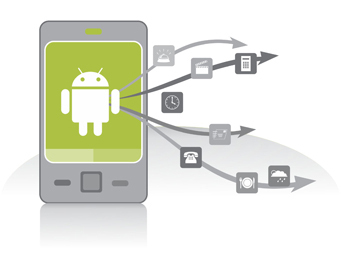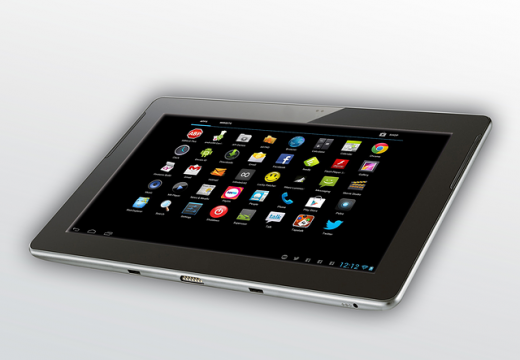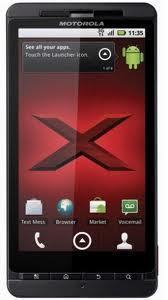An Android is a smartphone that Google created that combines the functionality of a cell phone and a computer. While the Android does not include many features that a real computer does, it allows the user to take advantage of a wide variety of applications that can be used to perform diverse tasks that the Android itself does not support. Apple as well as its users create these applications. In order to create Android applications, users can implement the following programs and reference materials:
What is the Android Software Development Kit?
The Android Software Development Kit (SDK) is a software that allows users to create Android applications through command line programming and graphical interface tools. The Android SDK includes sample projects, development tools, an emulator, and all of the required libraries necessary to write Android applications. The Anroid SDK should not be confused with the JDK (Java Development Kit), another software required to develop Android applications.
What is AVD Manager?
The AVD Manager (Android Virtual Device Manager) is a software that is included in the Android SDK that allows users to organize and manage various projects. The AVD Manager’s emulator, for example, allows users to run Android applications they are currently working on in a computer based virtual environment that is similar to the Android before moving the final product to an Android device.
System Requirements
The Android SDK can run on the Windows, Mac OS X, and Linux operating systems, but 64-bit versions must be able to run 32-bit applications. It requires Eclipse 3.4 or later, the Eclipse JDT plug-in, JDK 5 or 6, Apache Ant 1.8 or later, and the Android Development Tools plug-in. The Android SDK also needs the appropriate amount of disk space for each of the following components:
SDK Tools 35 MB (Required)
SDK Platform-tools 6 MB (Required)
Android Platform 150 MB (Required)
SDK Add-on 100 MB (optional)
USB Driver for Windows 10 MB (optional)
Samples 10 MB (optional)
Offline Documentation 250 MB (optional)
Reference Packages
The Android Reference Packages contain a list of resource elements that are used in virtually all Android applications. Although each reference package contains different elements, they can all add functionality to any Android application the user is developing. For example, the “android.animation” package allows users to animate objects, the “android.app.backup” allows Android applications to backup and restore data, and the “android.app.admin” allows users to create security-aware applications.




Alexandra
And I used snappii.com to make apps. i don’t have any programming experience, and it was so easy to make a cool app! highly recommended